High COD (Chemical Oxygen Demand) in treated effluent is a common issue in wastewater treatment. It not only affects discharge compliance but can also lead to regulatory penalties. This article analyzes the main causes of excessive COD from two perspectives—influent quality and treatment system design—and offers practical optimization strategies to improve treatment efficiency.
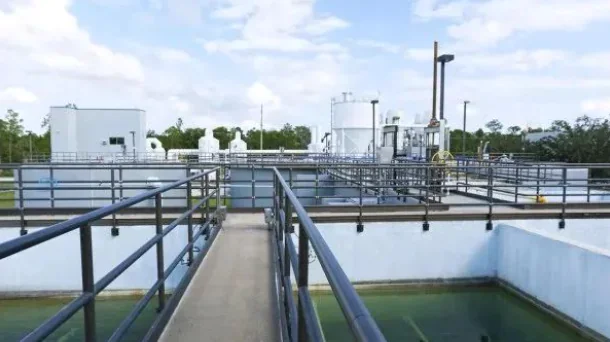
Influent Water Quality Factors
(1) High Influent COD Concentration
Industries such as livestock farming, food processing, pharmaceuticals, and chemicals often generate wastewater with high organic content. If pre-treatment (e.g., coagulation-sedimentation or flotation) is insufficient, large organic loads enter the biological system, overwhelming the microorganisms and lowering COD removal efficiency.
✅ Solutions:
- Improve pre-treatment efficiency (e.g., optimize coagulation or flotation systems) and reduce the COD load entering the biochemical system.
- Add coagulants such as PAC or PAM to remove suspended solids and organic matter.
- Add efficient oxidants (such as Fenton reagent, ozone): Pre treat difficult to degrade organic compounds to improve their biochemical degradation rate.
(2) Wastewater contains recalcitrant organic compounds
Some aromatic hydrocarbons, benzene ring compounds, and macromolecular organic compounds are difficult to degrade by microorganisms. Without appropriate pretreatment (such as hydrolysis acidification, catalytic oxidation), it will affect subsequent biological treatment efficiency and lead to a decrease in COD removal rate.
✅ Solutions:
- Apply advanced oxidation processes (AOPs): Fenton, ozonation, UV-catalysis, etc.
- Add hydrolysis-acidification stages to convert large organics into biodegradable small molecules.
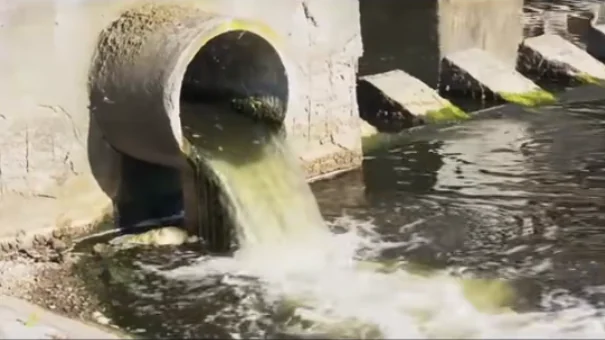
(3) Toxic Substances Inhibit Microbial Activity
Toxins like heavy metals (Cr, Cu, Ni), disinfectants, pesticides, or cyanides may harm microbial activity and reduce organic degradation.
✅ Solutions:
- Use chemical precipitation (lime or sulfide methods) or ion exchange to remove heavy metals.
- Pre-treat or dilute toxic influent to lower toxicity impact.
(4) Improper pH Affects Microbial Activity
Microorganisms perform best at pH 6.5–8.5. If the pH is too high (>9) or too low (<6), their activity drops, reducing COD removal.
✅ Solutions:
- Add dilute sulfuric acid to lower high influent pH.
- Use lime or sodium hydroxide to raise low influent pH.
(5) Low Temperature Reduces Microbial Metabolism
When temperature drops, microbial metabolism slows, and COD degradation decreases.
✅ Solutions:
- Install heating equipment (heat exchangers, steam) to keep temperature at 15–35°C.
- Use low-temperature-resistant microbial strains to maintain degradation performance.
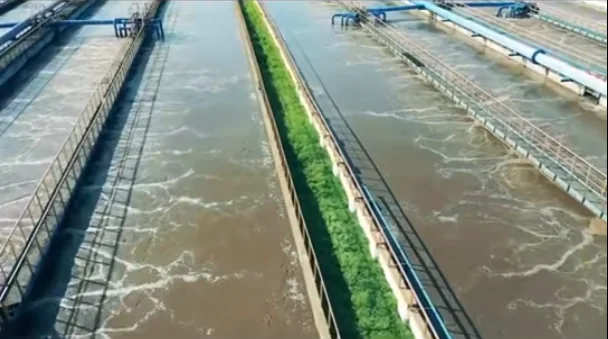
Treatment System Factors
(1) System Overload
- Sudden influent spikes shorten hydraulic retention time (HRT).
- Sharp COD increases overwhelm microbial adaptation capacity.
✅ Solutions:
- Add an equalization tank to stabilize flow and load.
- Adjust sludge return ratio to improve processing capacity.
(2) Insufficient Hydrolysis-Acidification Time
Hydrolysis-acidification tanks break down large organics into smaller molecules. If retention time is short, degradation is incomplete, reducing COD removal in downstream biological units.
✅ Solutions:
- Extend hydrolysis retention time to 6–12 hours.
- Add anaerobic microorganisms to boost hydrolysis efficiency.
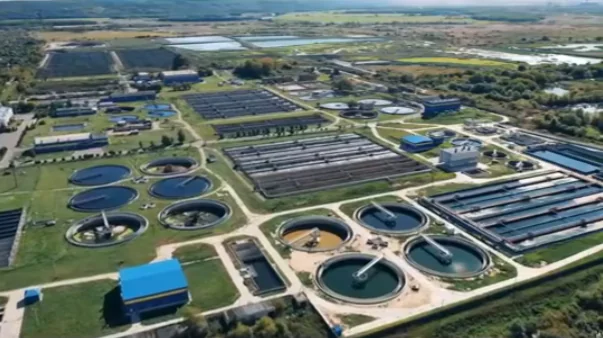
(3) Low Dissolved Oxygen (DO)
- In aerobic tanks, DO < 2 mg/L lowers microbial oxidation activity.
- COD degradation becomes inefficient.
✅ Solutions:
- Keep DO levels between 2–4 mg/L by adjusting aeration.
- Regularly clean aeration systems to prevent clogging.
(4) Improper Internal/External Recirculation Ratios
- Low internal recirculation prevents nitrified liquid from reaching anoxic zones, disrupting denitrification and COD usage.
- Low external recirculation reduces biomass, lowering treatment capacity.
✅ Solutions:
- Set internal recirculation ratio at 100–300% to ensure proper denitrification.
- Maintain external recirculation ratio at 50–100% to stabilize microbial population.
(5) Sludge Aging
- Aged sludge loses activity and weakens COD degradation.
- Excess sludge accumulation increases system load.
✅ Solutions:
- Optimize sludge discharge to keep sludge age at 10–15 days.
- Add fresh activated sludge to restore biological activity.
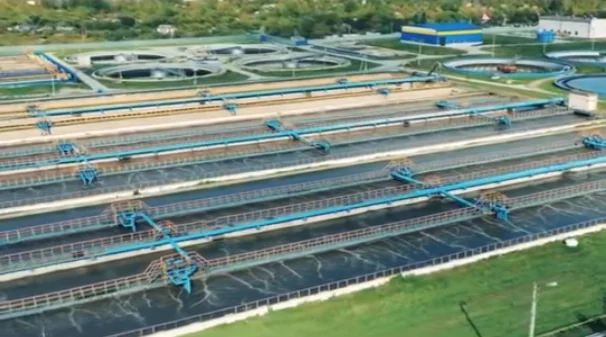
Conclusion
📌 Improve pre-treatment: Enhance coagulation or flotation to reduce COD load before biological treatment.
📌 Enhance hydrolysis-acidification: Boost breakdown of complex organics to improve biodegradability.
📌 Optimize DO levels: Maintain DO between 2–4 mg/L to support microbial metabolism.
📌 Manage sludge age: Prevent sludge aging and maintain optimal microbial activity.
📌 Adjust recirculation ratios: Ensure effective nitrogen removal and COD utilization.
By accurately adjusting each component of the wastewater treatment system, COD in the effluent can be effectively controlled. This not only improves discharge compliance but also reduces operational costs, achieving a balance between environmental responsibility and economic performance. 🚀
